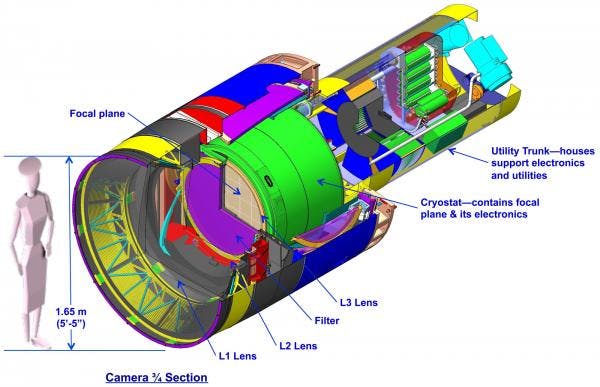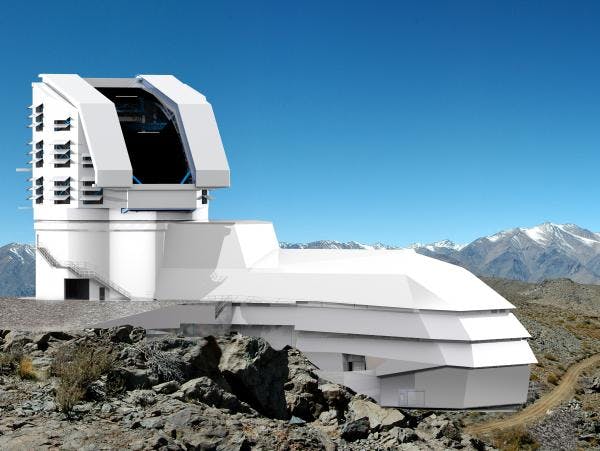If you want to outdo the world’s highest-resolution digital camera, you’re going to need at least 400 iPhones working together to create one picture.
This is no casual point-and-shoot gadget for the consumer. Instead, the camera will function as the heart of the Large Synoptic Survey Telescope (LSST), an astronomy research effort in Chile to map the universe and produce some of the highest-quality pictures that have ever been captured from deep space.
The Telescope doesn’t exist yet, but its construction was formally approved Monday. The camera’s creation has been a fairly lengthy process, with the funding for the project greenlit since January. The U.S. Department of Energy will pick up the tab for the camera and the National Science Foundation will pay to run the telescope, once it reaches fruition. All that’s left to do now is build the facility on top of a Chilean mountain called Cerro Pachón; the bureaucratic hurdles are cleared.
Weighing three tons, the telescope’s car-sized camera will be trained on the night sky for 10 years after it swings into operation in 2022. The telescope will snap pictures at a resolution of 3.2 gigapixels, or 3,200 megapixels.
Here’s a diagram of the camera, with a human inserted for scale:
Once operational, the LSST stands to be known as a pinnacle of astronomical achievement. Its optics will be able to detect tens of billions of astronomical bodies, the first time a telescope will be able to see more galaxies in space than there are individual humans on Earth.
The telescope’s advanced new camera will be pointed toward the stars, a possible precursor to the way distant aliens will take their high-resolution selfies in the future.
H/T National Accelerator Laboratory | Photo via LSST




